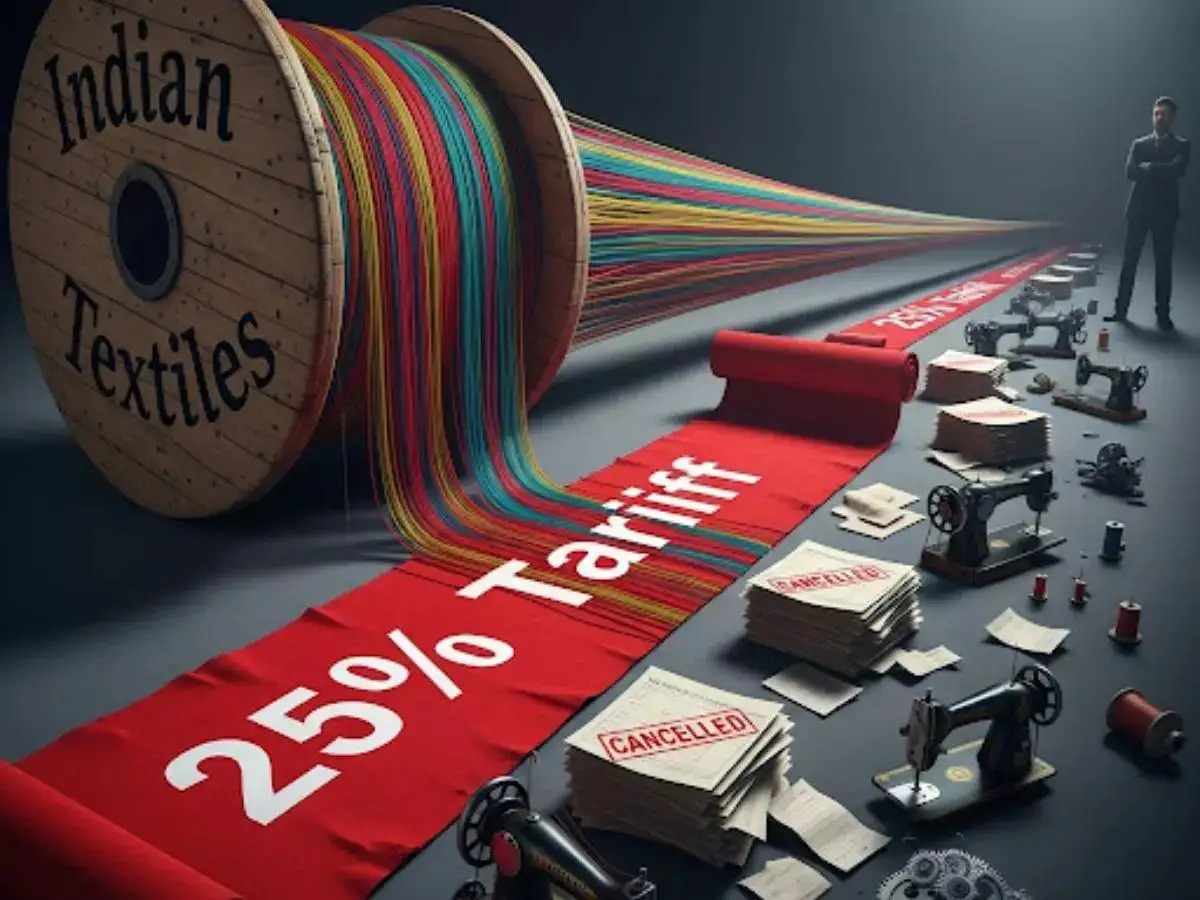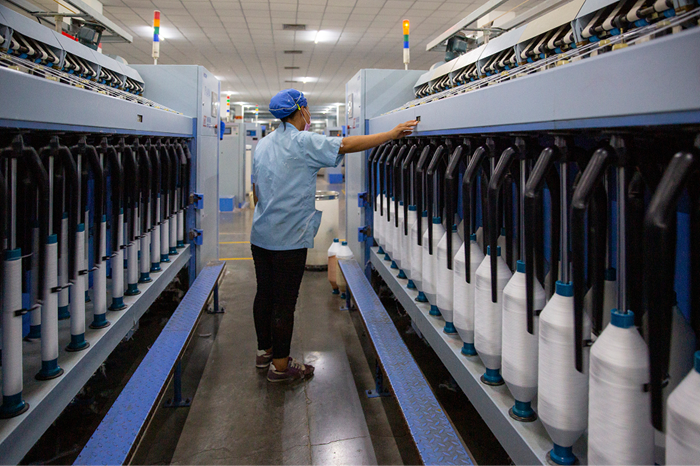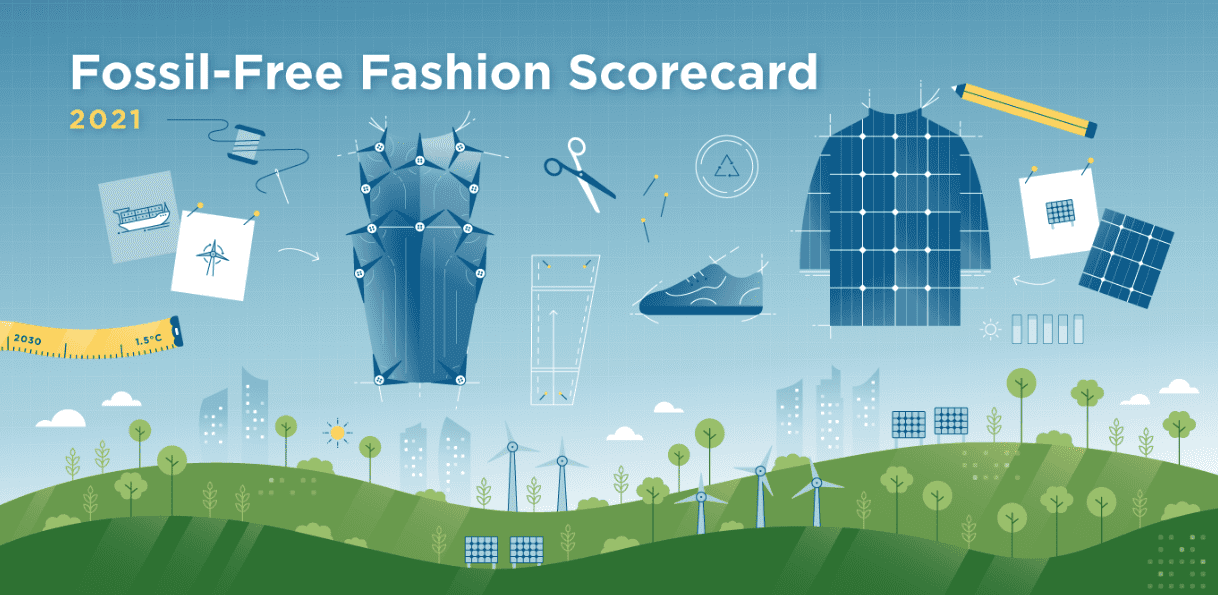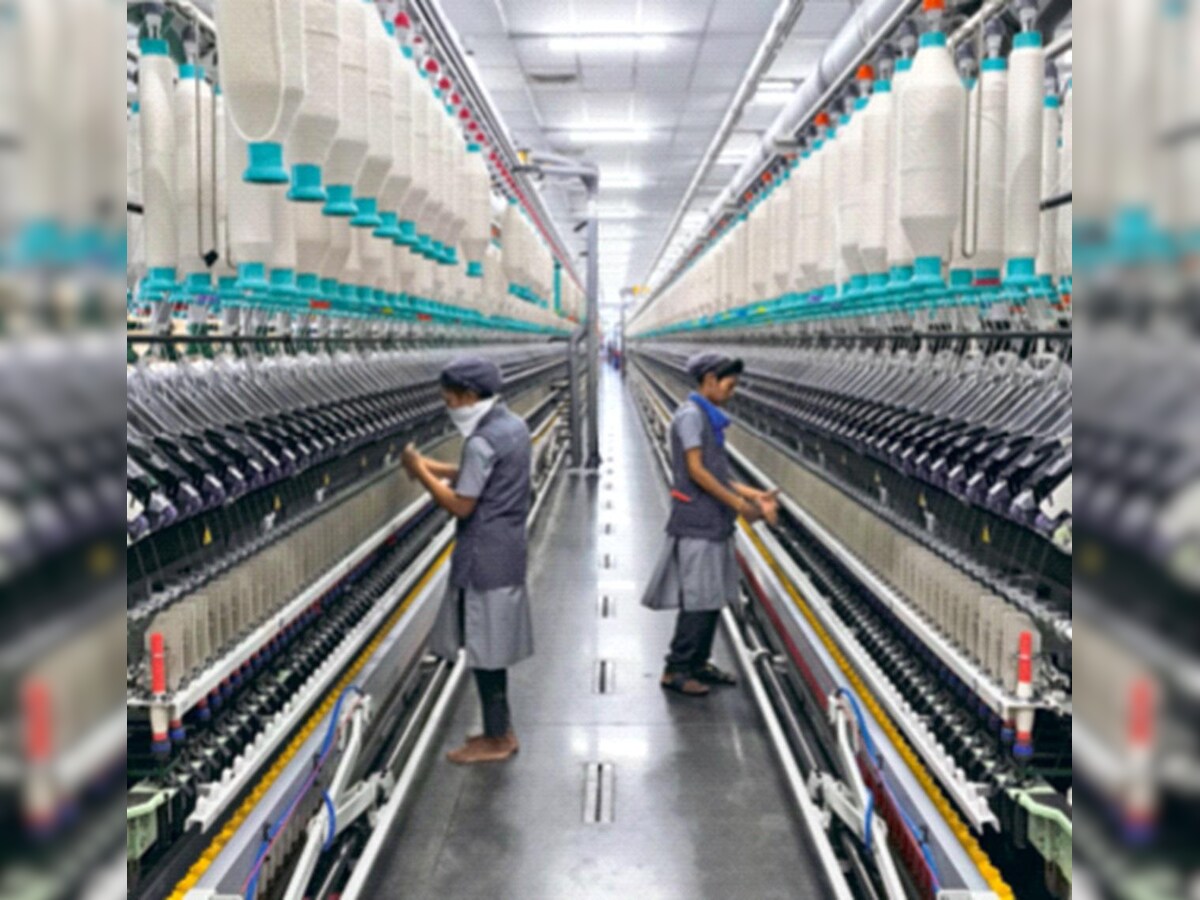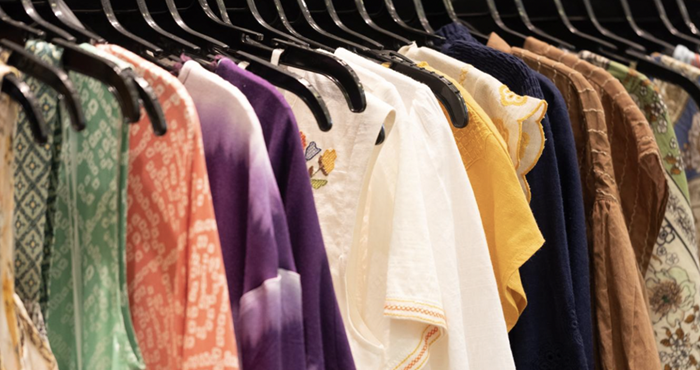
The US recent imposition of new trade tariffs on apparel and textile imports, coupled with rising geopolitical tensions, will definitely impact the global sourcing landscape for these goods. These tariffs, intended to boost domestic production and reduce reliance on specific nations, are converging with other powerful forces, creating both challenges and opportunities for manufacturers, retailers, and consumers. As a Kearney report highlights, the Global South is at an "inflection point," and these trade dynamics are accelerating its rise.
The rise of global south
The new tariffs are expected to incentivize US companies to diversify their sourcing strategies, shifting away from countries heavily affected by the tariffs. This aligns with the broader trend of the Global South gaining prominence in the worldwide sourcing landscape. As Kearney's Terry Toland points out, "It is striking, just in the context of apparel and textiles, how many global South countries are front and center," with countries like China, Bangladesh, Vietnam, and India collectively representing a substantial portion of global textile and apparel trade. This shift is not merely a reaction to tariffs but a consequence of long-term economic growth and increasing influence of these "middle powers."
Opportunities in a multipolar world
While the tariffs may create opportunities for some countries, particularly those in the Global South, they also pose challenges. Countries heavily reliant on apparel and textile exports to the US may face economic setbacks. Moreover, the tariffs could lead to increased costs for US businesses, potentially resulting in higher prices for consumers. This occurs within a complex geopolitical context, where, as the Kearney report notes, "geopolitics is back." The rise of the BRICS alliance, increased South-South trade, and growing middle classes in developing economies are all contributing to a multipolar world, where trade relationships are increasingly influenced by factors beyond pure economics.
The following table, informed by US Department of Commerce data and the insights from the Kearney report, illustrates the potential impact of the tariffs on US apparel and textile imports from various regions.
Table: Tariffs impact on US textile and apparel trade
|
Region |
Current import value ($ bn) |
Potential tariff impact |
Change drivers |
|
China |
40 |
Significant decrease |
Tariffs, Diversification, Geopolitical tensions |
|
Vietnam |
15 |
Potential increase |
Favorable trade terms, Shifting sourcing, BRICS membership |
|
Bangladesh |
10 |
Potential increase |
Cost-competitiveness, Established manufacturing base |
|
India |
8 |
Potential increase |
Growing economy, Skilled workforce, South-South trade |
|
Mexico |
5 |
Potential decrease/nearshoring benefit |
Tariffs, Nearshoring advantage for US market |
|
Africa |
Growing Potential |
Potential increase |
Untapped potential, Developing economies, Investor interest |
As the table indicates, US-based clothing retailers sourcing heavily from China are actively exploring alternative suppliers in Vietnam and potentially Africa to mitigate tariff impacts and diversify its supply chain. On the other hand, Indian textile manufacturer sees the tariffs as an opportunity to expand its US exports, capitalizing on increased competitiveness. They are also exploring partnerships with US-based brands seeking to diversify away from China. Meanwhile, Mexican apparel manufacturers are navigating the complex landscape. While facing a universal tariff, they are leveraging their nearshoring advantage for the US market, potentially offsetting some tariff disadvantages.
Experts say, the new tariffs, in conjunction with the broader shift towards the Global South, are fundamentally reshaping the apparel and textile sourcing landscape. Therefore, companies must proactively adapt their strategies to navigate this dynamic environment. Furthermore, the resurgence of tariffs, as highlighted by Kearney, is not a short-term phenomenon but a reflection of the current geopolitical climate. Businesses should expect continued volatility and incorporate this into their long-term planning.
The long-term effects of the new trade tariffs, combined with the rise of the Global South and increasing geopolitical complexities, on the US apparel and textile sourcing landscape remain to be fully seen. However, it is clear that these converging forces will have a significant and lasting impact on the industry. Businesses must be prepared to adapt to the changing dynamics of global trade, embracing diversification, agility, and a deep understanding of the evolving geopolitical landscape.


